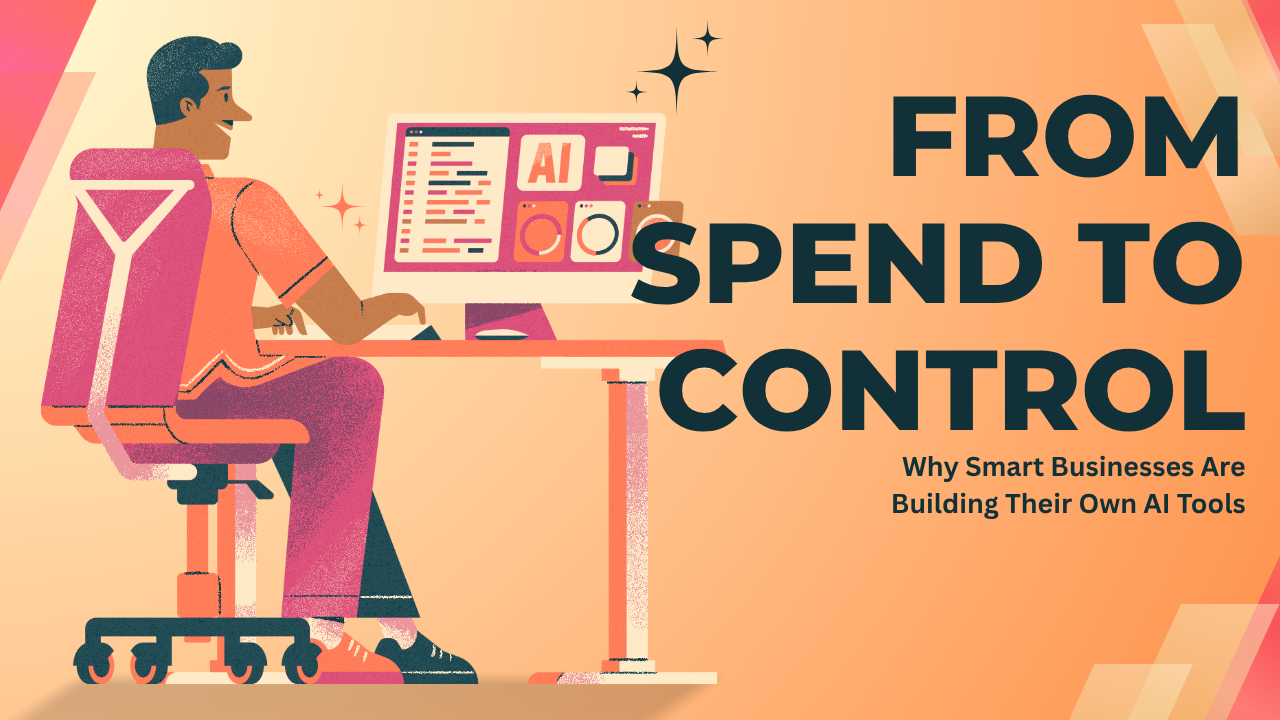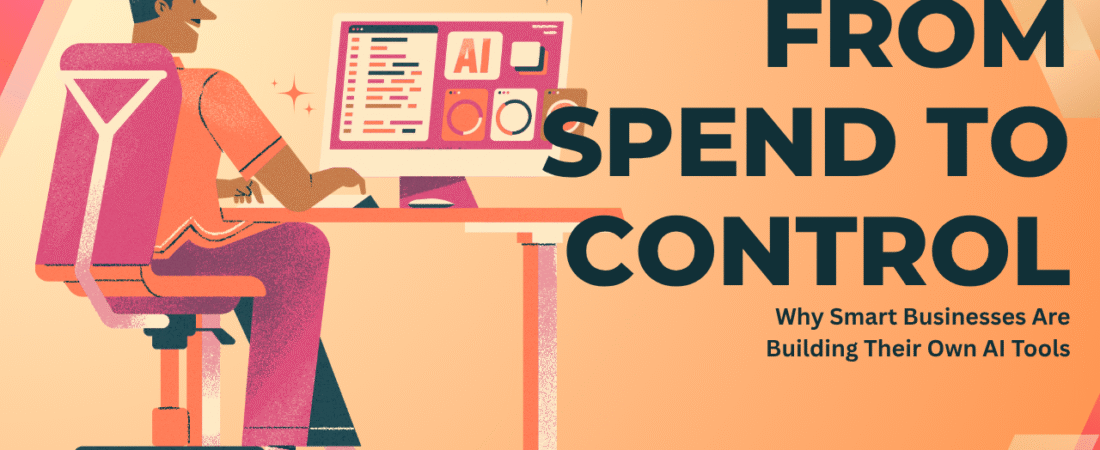
From Spend to Control: Why Smart Businesses Are Building Their Own AI-Powered Internal Tools (2025 Edition)
Introduction: Why I Explored Custom AI Tools in 2025
Back in 2023, my team relied heavily on SaaS subscriptions, CRM tools, project management software, customer support platforms, and marketing automation systems. At one point, we were spending over $3,000 a month just to keep our workflows running.
Fast forward to 2025, and things have changed dramatically. Instead of relying solely on SaaS platforms, we started building custom AI-powered tools tailored to our exact business needs. The result? Lower costs, tighter data control, and surprisingly higher productivity.
In this article, I’ll share my firsthand experience testing both approaches, the cost savings we achieved, and how custom AI tools are transforming the way smart businesses operate in 2025.
Quick Summary: The Shift to Custom AI Tools
-
Traditional SaaS: Pay-per-user pricing, limited customization, vendor lock-in.
-
Custom AI Tools: Built for your workflows, cheaper at scale, complete data control.
-
Why Businesses Are Shifting: Cost savings, productivity gains, and competitive advantage.
The Hidden Costs of SaaS (My Experience)
When I analyzed our SaaS spend in 2024, I found:
-
We were paying per-seat pricing, even for inactive accounts.
-
Our data was split across multiple platforms, causing integration headaches.
-
Vendors often increased prices without warning.
For example, our marketing automation platform jumped from $299/month to $399/month, and we had no choice but to pay because migration was painful.
That was the turning point that pushed me to test AI-powered custom solutions.
How I Built My First Custom AI Tool
I started small, as an AI lead qualification agent built on top of open-source LLMs and lightweight frameworks like LangChain.
Here’s what it did:
-
Pulled leads from our website forms.
-
Scored them based on behavior and engagement.
-
Automatically routed high-quality leads to sales reps.
The result?
-
Saved 10+ hours per week of manual review.
-
Increased lead-to-sale conversion by 18% in the first two months.
And the cost? Hosting + API usage costs less than $50/month, compared to the $400/month SaaS tool we replaced.
Benefits I Experienced with Custom AI Tools
1. Cost Reduction
No more paying per user. Our AI app scaled with our usage, and hosting costs were predictable.
2. Data Control & Privacy
We hosted sensitive customer data in our own cloud, ensuring compliance with GDPR and internal policies.
3. Workflow Personalization
Unlike SaaS, where you adapt to the tool, our AI adapts to our process.
4. Competitive Advantage
We built unique features that no off-the-shelf SaaS could offer, which helped us differentiate in the market.
Challenges I Faced
It wasn’t all smooth sailing.
-
Initial Development Costs: Hiring AI engineers or learning the tools took time.
-
Maintenance: Unlike SaaS, updates and bug fixes were on us.
-
Scaling: We had to optimize hosting and AI model efficiency to avoid performance bottlenecks.
But even with these challenges, the long-term ROI was clear.
Real-World Examples: Smart Businesses in 2025
-
E-commerce brand → built a custom AI inventory management system that cut waste by 22%.
-
SaaS startup → replaced Zendesk with an in-house AI support bot, reducing support costs by 40%.
-
Finance firm → developed an AI-powered compliance checker, avoiding hefty fines while saving on third-party software fees.
These examples confirmed my experience: businesses that invest in custom AI tools are seeing real, measurable gains.
Traditional SaaS vs Custom AI Tools: My Comparison
Traditional SaaS Tools
✔️ Quick setup✔️ Vendor support included
✔️ Predictable for small teams❌ Expensive at scale
❌ Limited customization❌ Data privacy concerns Custom AI Tools✔️ Cost-effective long-term
✔️ Fully customizable workflows✔️ Better data security
❌ Requires development resources❌ Ongoing maintenance needed
When Should You Stick with SaaS?
From my testing, SaaS is still the better choice if:
-
You’re a small business with limited resources.
-
You need something up and running today.
-
You don’t have in-house technical talent.
But as soon as your SaaS costs exceed $2,000/month, it’s time to evaluate custom AI alternatives.
FAQs About Custom AI Tools vs SaaS
1. Do I need coding skills to build custom AI tools?
Not always. Platforms like Hostinger Horizons and Retool AI let you build with minimal coding.
2. Are custom AI tools only for big companies?
No. Even startups are adopting them because cloud hosting and open-source frameworks have lowered barriers.
3. What’s the biggest risk of custom AI tools?
Maintenance and security. Without proper oversight, costs can creep back up.
4. Can AI tools fully replace SaaS?
Not entirely, many businesses run a hybrid model, keeping core SaaS while customizing AI for critical workflows.
5. How long does it take to build a custom AI tool?
Simple tools can be built in weeks, but enterprise-grade solutions may take months.
6. Is this trend permanent or hype?
Given cost savings and competitive benefits, I believe custom AI tools will become the norm by 2027.
My Final Verdict: Why I’m Betting on Custom AI in 2025
After testing both SaaS and custom AI tools, my conclusion is clear:
-
SaaS is still great for quick adoption.
-
Custom AI tools are the future for scaling businesses.
The smartest businesses in 2025 aren’t just using SaaS; they’re replacing high-cost subscriptions with custom AI tools that give them control, reduce costs, and unlock productivity.
If you’re serious about scaling in 2025 and beyond, it’s time to start experimenting with AI-powered custom solutions, even if you begin small.
